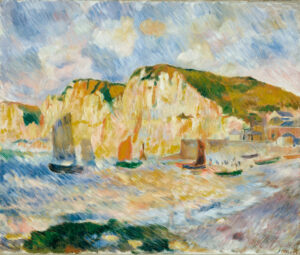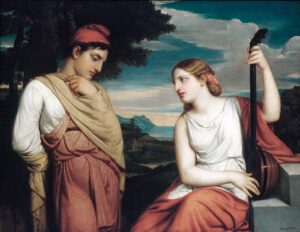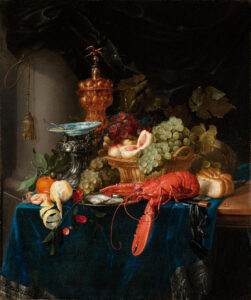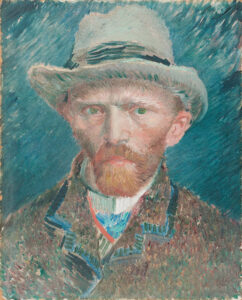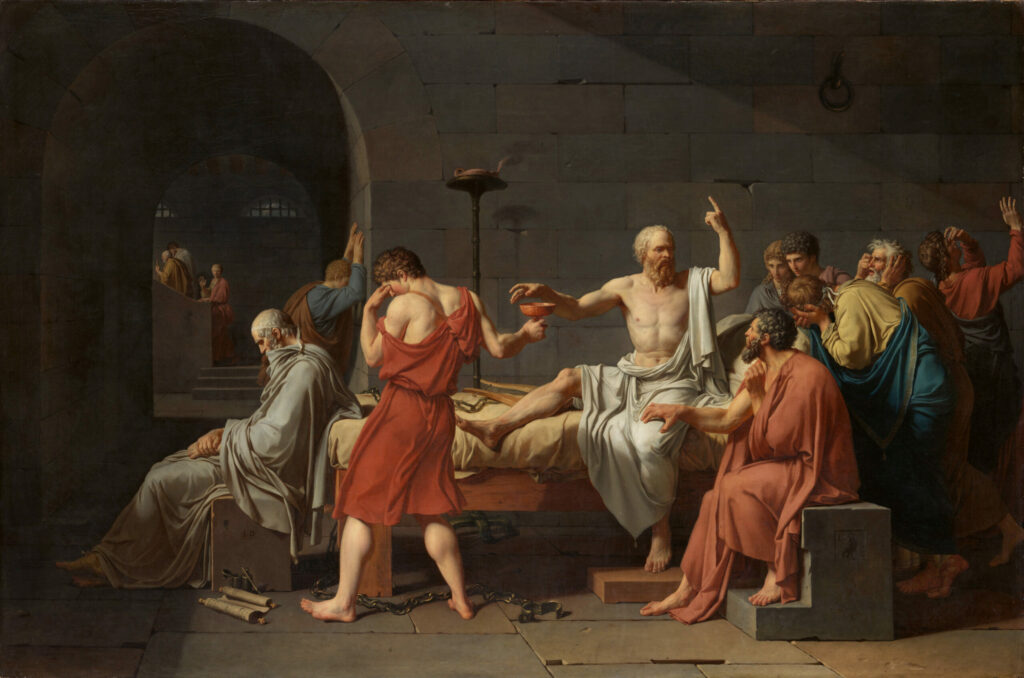
A Philosophical Drama. In this masterpiece, David immerses us in the final moments of Socrates’ life with dramatic intensity. He captures the ultimate moment when the philosopher, about to drink the hemlock, continues teaching with serenity, embodying the triumph of reason over the fear of death.
The composition organizes space around the figure of the sage, whose finger raised toward the heavens symbolizes his conviction in the immortality of the soul. The contrast between Socrates’ almost superhuman tranquility and the distress of his disciples creates profound emotional tension. The draperies, the architectural rigor of the prison setting, and the austere palette dominated by reds and ochres demonstrate a masterful command of neoclassical visual language. David transforms this tragic moment into a universal meditation on human dignity in the face of injustice and death.
Essential Information
- The Death of Socrates, by Jacques-Louis David, 1787
- Dimensions: 129.5 x 196.2 cm
- Location: The Metropolitan Museum of Art, Fifth Avenue, New York, Gallery 634
- https://www.metmuseum.org/art/collection/search/436105
Jacques-Louis David (1748-1825) was the quintessential revolutionary painter, both through his political engagement and the artistic renewal he embodied. A central figure in French Neoclassicism, he broke with Rococo to return to the moral and aesthetic values of antiquity. His career led him from the salons of the Ancien Régime to revolutionary circles, then to Napoleon’s service before his final exile in Brussels.
Partly trained in Rome, where he absorbed the lessons of classical masters, David developed a style of rigorous perfection in service of a conception of art as a vehicle for moral and civic edification. His influence was immense across several generations of European artists, and this “Death of Socrates,” completed in 1787, constitutes one of the most accomplished expressions of his genius and his vision of art in service of the highest human values.

